Home>Furniture>Outdoor Furniture>What Is A Paver Patio
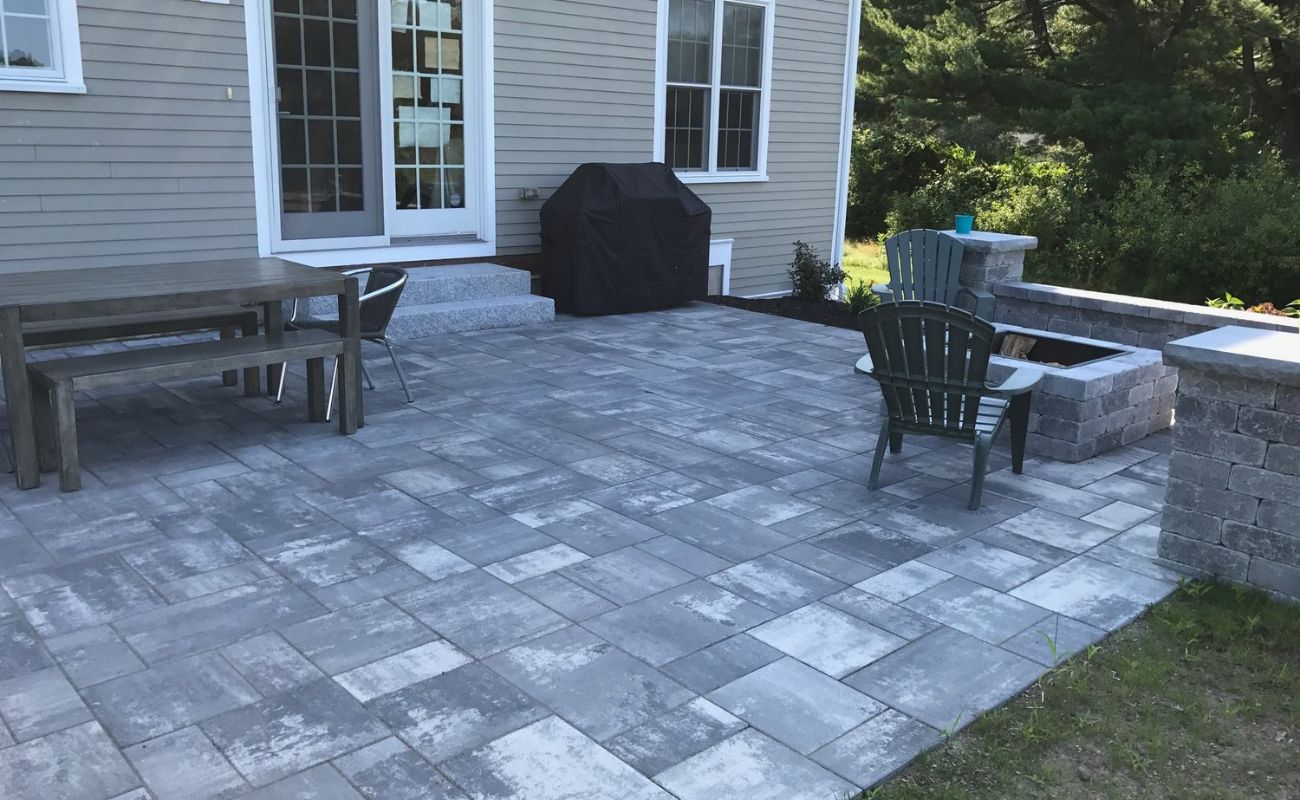

Outdoor Furniture
What Is A Paver Patio
Modified: October 20, 2024
Discover the benefits of a paver patio for your outdoor furniture. Enhance your outdoor space with a durable, stylish, and low-maintenance option.
(Many of the links in this article redirect to a specific reviewed product. Your purchase of these products through affiliate links helps to generate commission for Storables.com, at no extra cost. Learn more)
Introduction
Welcome to the world of outdoor living! If you are looking to enhance your outdoor space and create a versatile and stylish area for relaxation and entertainment, a paver patio is the perfect choice. Paver patios have gained popularity in recent years due to their durability, versatility, and aesthetic appeal. Whether you have a small backyard or a sprawling outdoor area, a paver patio can transform your space into a functional and inviting retreat.
In this article, we will explore the world of paver patios, starting with a definition of what exactly a paver patio is. We will then dive into the numerous benefits of choosing a paver patio for your outdoor space, discuss the various materials used for paver patios, explore the design options available, outline the installation process, highlight the maintenance and care required, and provide an insight into the cost of a paver patio. By the end of this article, you will have a comprehensive understanding of paver patios and be well-equipped to make an informed decision for your outdoor space.
Key Takeaways:
- Paver patios are durable, versatile, and customizable outdoor spaces made of interlocking stones or concrete pavers. They offer endless design options and require minimal maintenance, making them a great choice for any outdoor area.
- The cost of a paver patio can vary based on factors such as material, design complexity, site preparation, additional features, and labor. Investing in a well-built paver patio enhances outdoor space and property value.
Read more: What To Put Between Patio Pavers
Definition of a Paver Patio
A paver patio is an outdoor area that is paved using various interlocking stones or concrete pavers. It is a versatile and durable flooring option that provides a solid foundation for outdoor furniture and activities. Paver patios are designed to withstand the elements and can be customized to fit any space, style, or preference.
Unlike traditional concrete or asphalt patios, paver patios are constructed using individual pavers that are placed and interlocked to create a cohesive and visually appealing surface. These pavers come in a wide variety of shapes, sizes, textures, and colors, allowing for endless design possibilities. Whether you prefer a classic brick look, a rustic cobblestone appearance, or a modern sleek finish, there is a paver style to suit every taste.
One of the key advantages of a paver patio is its flexibility. The individual pavers can be easily rearranged or removed, making it simpler to repair or replace damaged areas. This adaptability also allows for the integration of various design elements such as curves, diagonal patterns, or intricate motifs. Additionally, paver patios have excellent drainage capabilities, preventing pooling water and reducing the risk of slips and falls.
Another distinguishing characteristic of paver patios is their strength and durability. The interlocking design of the pavers creates a solid and stable surface that can withstand heavy foot traffic, as well as the weight of furniture and outdoor accessories. Furthermore, pavers are resistant to cracking, chipping, and fading, ensuring that your patio will maintain its beauty and functionality for years to come.
Overall, a paver patio offers the perfect blend of aesthetics, functionality, and durability. Whether you are looking to create a cozy outdoor lounge area, a spacious dining space, or a versatile entertainment zone, a paver patio provides a solid foundation to showcase your style and enjoy the beauty of the outdoors.
Benefits of a Paver Patio
A paver patio offers numerous benefits that make it a popular choice for homeowners looking to upgrade their outdoor space. From its versatility to its durability, here are some of the advantages of opting for a paver patio:
- Customizable Design: Paver patios offer endless design possibilities. With a wide range of colors, shapes, sizes, and patterns available, you can create a unique and personalized outdoor space that complements your home’s architecture and reflects your personal style. Whether you prefer a traditional look with brick pavers or a contemporary vibe with sleek concrete pavers, the choice is yours.
- Durability: Paver patios are built to withstand the test of time. The individual pavers are made from durable materials such as concrete, clay, or natural stone, allowing them to endure heavy foot traffic, extreme weather conditions, and regular use. Pavers are resistant to cracking, chipping, and fading, ensuring that your patio will maintain its beauty and functionality for years to come.
- Easy Maintenance: Maintaining a paver patio is a breeze. Unlike other types of outdoor surfaces, paver patios require minimal upkeep. Regular sweeping, occasional rinsing with water, and the occasional resealing of the pavers is usually all it takes to keep your patio looking great. In the event of a damaged or stained paver, they can be individually replaced without having to redo the entire patio.
- Versatility: Paver patios are incredibly versatile. They can be installed in any outdoor space, whether it’s a small backyard, a sprawling garden, or a rooftop terrace. Additionally, the interlocking design of the pavers allows for flexibility in terms of shape and size. Curved edges, intricate patterns, and custom layouts can be easily achieved to suit your specific requirements.
- Excellent Drainage: Another benefit of paver patios is their excellent drainage capabilities. The spaces between the interlocking pavers allow rainwater to seep through, preventing water from pooling on the surface and reducing the risk of slips and falls. This makes paver patios a safe and practical choice, especially for areas prone to heavy rainfall.
- Increased Property Value: A well-designed and well-maintained paver patio can significantly enhance the value of your property. The addition of a functional outdoor living space not only expands the usable square footage of your home but also creates an attractive feature that potential buyers will appreciate.
These are just a few of the many benefits of installing a paver patio. Whether you’re looking for aesthetic appeal, durability, or functionality, a paver patio can transform your outdoor space into a beautiful and inviting area that you can enjoy for years to come.
Materials Used for Paver Patios
When it comes to creating a paver patio, there is a wide variety of materials available to choose from. Each material offers its own unique characteristics, including color options, texture, durability, and price. Here are some of the most popular materials used for paver patios:
- Concrete Pavers: Concrete pavers are a popular choice due to their affordability and versatility. They come in a wide range of shapes, sizes, and colors, allowing for endless design possibilities. Concrete pavers are known for their durability, with the ability to withstand heavy foot traffic and harsh weather conditions.
- Brick Pavers: Brick pavers provide a timeless and classic look to any outdoor space. They have a warm and earthy appeal and are available in various sizes and shades of red. Brick pavers are known for their durability and ability to maintain their color over time. They are also easy to work with and can be interlocked to create different patterns.
- Natural Stone Pavers: Natural stone pavers, such as sandstone, limestone, and flagstone, offer a luxurious and natural look to a paver patio. Each piece of natural stone is unique, with its own colors, patterns, and textures. Natural stone pavers are highly durable, weather-resistant, and can withstand heavy use. They do require regular sealing to maintain their appearance.
- Tumbled Pavers: Tumbled pavers are often made of concrete or natural stone and have undergone a tumbling process to give them a weathered and aged appearance. The tumbling process softens the edges and corners, creating a rustic and vintage look. Tumbled pavers can add character and charm to a paver patio and are available in various shapes and colors.
- Porcelain Pavers: Porcelain pavers are a relatively new addition to the world of paver patio materials. They are made from high-quality porcelain and are known for their strength, durability, and resistance to stains, fading, and extreme weather conditions. Porcelain pavers come in a wide range of colors, textures, and sizes, and can mimic the appearance of natural stone or wood.
It’s important to consider your personal preferences, budget, and the overall aesthetic you want to achieve when choosing the material for your paver patio. Each material has its own unique qualities and characteristics that can enhance the beauty and functionality of your outdoor space. Consulting with a professional or visiting a showroom can help you make an informed decision based on your specific needs and style preferences.
Design Options for Paver Patios
One of the major advantages of choosing a paver patio is the wide range of design options available. Whether you prefer a traditional and timeless look or a modern and contemporary style, there is a design that will suit your aesthetic preferences and complement your outdoor space. Here are some design options to consider when planning your paver patio:
- Layout and Pattern: The layout and pattern of the pavers can significantly impact the overall look and feel of your patio. There are several popular patterns to choose from, including running bond, herringbone, basket weave, and circular. Each pattern offers a distinct visual appeal and can create a unique atmosphere in your outdoor space.
- Color Combination: The color of the pavers is another important aspect to consider. Whether you prefer a monochromatic color scheme, contrasting colors, or a blend of different shades, the choice of colors can create a specific mood and atmosphere. Earth tones like browns, grays, or tans provide a natural and timeless look, while vibrant colors can add a playful and energetic touch.
- Border and Edging: Adding a border or edging to your paver patio can enhance its visual appeal and create a finished look. Borders can be created using contrasting pavers or different patterns to frame the main patio area. Additionally, incorporating curved edges or geometric shapes can add visual interest and create a seamless transition between the patio and the surrounding landscape.
- Texture and Finish: Pavers come in various textures and finishes, offering different tactile and visual experiences. Smooth and polished finishes provide a sleek and modern look, while textured finishes can add depth and character to the patio surface. Some pavers can even mimic the look and texture of natural stone, wood, or other materials, allowing you to achieve a specific aesthetic without the maintenance issues associated with those materials.
- Integration of Features: A paver patio is not limited to a flat surface. It can accommodate various features and elements to enhance functionality and aesthetics. Consider incorporating steps, pathways, seating walls, fire pits, outdoor kitchens, or water features to create a multi-functional and inviting outdoor living space.
When designing your paver patio, it’s important to consider the overall style of your home, the existing landscape features, and your personal preferences. Consulting with a professional designer or contractor can help you explore design options and ensure that your patio reflects your vision while providing a functional and visually appealing outdoor space.
When installing a paver patio, make sure to properly prepare the base by compacting the soil and adding a layer of gravel for drainage. This will help prevent shifting and settling over time.
Read more: Which Pavers Are Best For Patio
Installation Process of a Paver Patio
Installing a paver patio is a multi-step process that requires careful planning, preparation, and execution. While it is possible to undertake this project as a DIY endeavor, hiring a professional contractor can ensure a smoother and more efficient installation. Here is a general overview of the installation process of a paver patio:
- Site Preparation: The first step is to prepare the site where the paver patio will be installed. This involves clearing the area of vegetation, rocks, and debris. The ground is then leveled, compacted, and graded to ensure proper drainage.
- Base Installation: Next, a sturdy and well-compacted base is installed to provide a stable foundation for the pavers. This typically involves excavating a few inches of soil and adding layers of crushed stone or gravel, which are then compacted using a plate compactor or tamper.
- Edge Restraints: Edge restraints, such as plastic or metal edging, are installed around the perimeter of the patio to keep the pavers in place and prevent shifting. This helps maintain the structural integrity of the patio over time.
- Sand Bed: A layer of sand is spread over the compacted base to create a smooth and level surface for laying the pavers. The sand is screeded and compacted using a 2×4 or a mechanical compactor to ensure an even and stable base for the pavers.
- Paver Installation: The pavers are carefully laid on top of the sand bed in the desired pattern and arrangement. It is important to maintain consistent spacing between the pavers and ensure proper alignment to create a visually appealing and structurally sound patio. Cuts may be necessary to fit the pavers around edges, corners, and other features.
- Sanding and Compacting: Once the pavers are in place, sand is spread over the surface and brushed into the joints between the pavers. This helps lock the pavers in position and prevents shifting. The patio is then compacted using a plate compactor to ensure the pavers are set firmly in place.
- Sealing: While not necessary, applying a sealer to the paver patio can enhance its longevity and appearance. A sealer helps protect the pavers from stains, fading, and weathering. It is important to follow the manufacturer’s instructions for proper application and resealing intervals.
Keep in mind that the specifics of the installation process may vary depending on factors such as the size of the patio, the chosen paver material, and site conditions. It is recommended to consult with a professional contractor or follow manufacturer guidelines for the specific paver system being used to ensure a successful installation.
Maintenance and Care for Paver Patios
Maintaining and caring for your paver patio is essential to ensure its longevity, durability, and aesthetic appeal. Regular maintenance and preventive measures can help preserve the beauty and functionality of your patio for years to come. Here are some tips for maintaining and caring for your paver patio:
- Regular Cleaning: Sweep your paver patio regularly to remove debris, leaves, and dirt. This prevents the build-up of organic material, which can lead to discoloration and potential staining. You can also use a leaf blower or a pressure washer on a low setting to remove stubborn dirt and grime.
- Stain Removal: If your paver patio develops stains, it is important to address them promptly. For oil or grease stains, use an absorbent material like kitty litter or baking soda to soak up the oil before washing the area with a mild detergent. For other stains, such as rust or leaf stains, you can use specialized paver stain removers or a mixture of water and vinegar. Avoid using harsh chemicals that may damage the pavers or the surrounding vegetation.
- Weed Control: Weeds and vegetation growth can be a common issue in paver joints. Regularly inspect your patio and remove any weeds or grass that may sprout between the pavers. You can do this manually or use an herbicide specifically formulated for paver joints. Follow the manufacturer’s instructions carefully to avoid damage to the pavers or the surrounding landscape.
- Resealing: Depending on the type of pavers and the level of foot traffic, it may be necessary to reseal your patio every few years. Sealing helps protect the pavers from stains, fading, and weathering. It also enhances the color and appearance of the patio. Before resealing, ensure that the patio is clean and dry. Apply the sealer as per the manufacturer’s instructions, and allow sufficient time for drying before using the patio.
- Preventative Measures: To minimize potential damage to your patio, take preventive measures. Avoid using de-icing salts during winter, as these can corrode the pavers. Consider placing a mat or rug at entry points to prevent gravel and dirt from being tracked onto the patio. Use soft-bristled brooms or brushes when sweeping to avoid scratches on the paver surface.
- Regular Inspections: Periodically inspect your paver patio for any signs of damage, such as loose or cracked pavers. If you notice any issues, address them promptly to prevent further damage. For minor repairs, you can replace individual pavers that are cracked or damaged. For major repairs or if you’re unsure about the extent of the damage, it is advisable to consult a professional.
By following these maintenance and care tips, you can keep your paver patio looking its best and prolong its lifespan. Regular upkeep and preventive measures will ensure that you can enjoy your beautiful outdoor space for many years to come.
Cost of a Paver Patio
The cost of a paver patio can vary depending on several factors, including the size of the patio, the chosen paver material, the complexity of the design, labor costs in your area, and any additional features or elements you incorporate. While it is difficult to provide an exact cost without specific project details, we can provide a general idea of the expenses you can expect when planning a paver patio:
- Paver Material: The cost of the paver material is one of the major components of the overall cost. Concrete pavers are more affordable compared to natural stone or porcelain pavers. Brick pavers can fall in the mid-range of affordability, depending on the specific type and quality.
- Design Complexity: Intricate designs and patterns require more labor and time to install, which can increase the overall cost. Basic layout patterns, such as a running bond or herringbone, tend to be more cost-effective compared to intricate patterns like a circular design or custom motifs.
- Site Preparation: The existing condition of the site and the amount of preparation required can also impact the cost. If the area needs extensive excavation, grading, or leveling, it may increase the overall expenses. Additionally, any necessary drainage systems or retaining walls will add to the overall project cost.
- Additional Features: If you plan to integrate additional features into your paver patio, such as outdoor lighting, seating walls, fire pits, or a built-in barbecue area, these elements will add to the total cost. The materials and labor required for these features will vary based on complexity and size.
- Labor Costs: Labor costs vary based on the region, contractor, and the complexity of the project. It is recommended to get multiple quotes from reputable contractors to compare prices accurately. Hiring a professional ensures proper installation and can save you time and effort in the long run.
As a general estimate, the cost of a paver patio can range from $10 to $30 per square foot. This estimate includes the materials, labor, and site preparation. However, it is important to note that this is just a rough estimate and prices can vary widely depending on the aforementioned factors.
It is advisable to get estimates from several contractors and discuss your specific requirements to obtain a more accurate cost for your project. Keep in mind that investing in a well-built and properly installed paver patio will not only enhance the beauty and functionality of your outdoor space but also increase the value of your property.
Conclusion
A paver patio offers a fantastic opportunity to transform your outdoor space into a beautiful, functional, and inviting area. With their versatility, durability, and range of design options, paver patios have become a popular choice for homeowners looking to create a welcoming oasis in their backyard.
In this article, we have explored the definition of a paver patio and discussed the impressive benefits they offer. We have also delved into the various materials available for paver patios, highlighting their unique characteristics and aesthetics. Furthermore, we explored the wide range of design options and layouts that can be achieved with paver patios, allowing homeowners to create their own personalized outdoor retreat.
We have also provided insights into the installation process of a paver patio, emphasizing the importance of proper site preparation and professional assistance when needed. Additionally, we discussed the maintenance and care required for paver patios to ensure their longevity and visual appeal. Lastly, we touched upon the cost factors associated with installing a paver patio, emphasizing the need to consider materials, design complexity, additional features, and labor costs.
By considering all these aspects and taking the time to plan and execute your paver patio project thoughtfully, you can create a stunning outdoor space that enhances your lifestyle and becomes the focal point of your home. Whether you envision a cozy relaxation area, an expansive dining space, or an outdoor entertainment zone, a paver patio provides the perfect foundation to bring your vision to life.
Remember to consult with professionals, gather multiple estimates for materials and labor, and communicate your needs and desires clearly. With proper installation, regular maintenance, and care, your paver patio will continue to provide enjoyment and beauty for many years to come.
Frequently Asked Questions about What Is A Paver Patio
Was this page helpful?
At Storables.com, we guarantee accurate and reliable information. Our content, validated by Expert Board Contributors, is crafted following stringent Editorial Policies. We're committed to providing you with well-researched, expert-backed insights for all your informational needs.
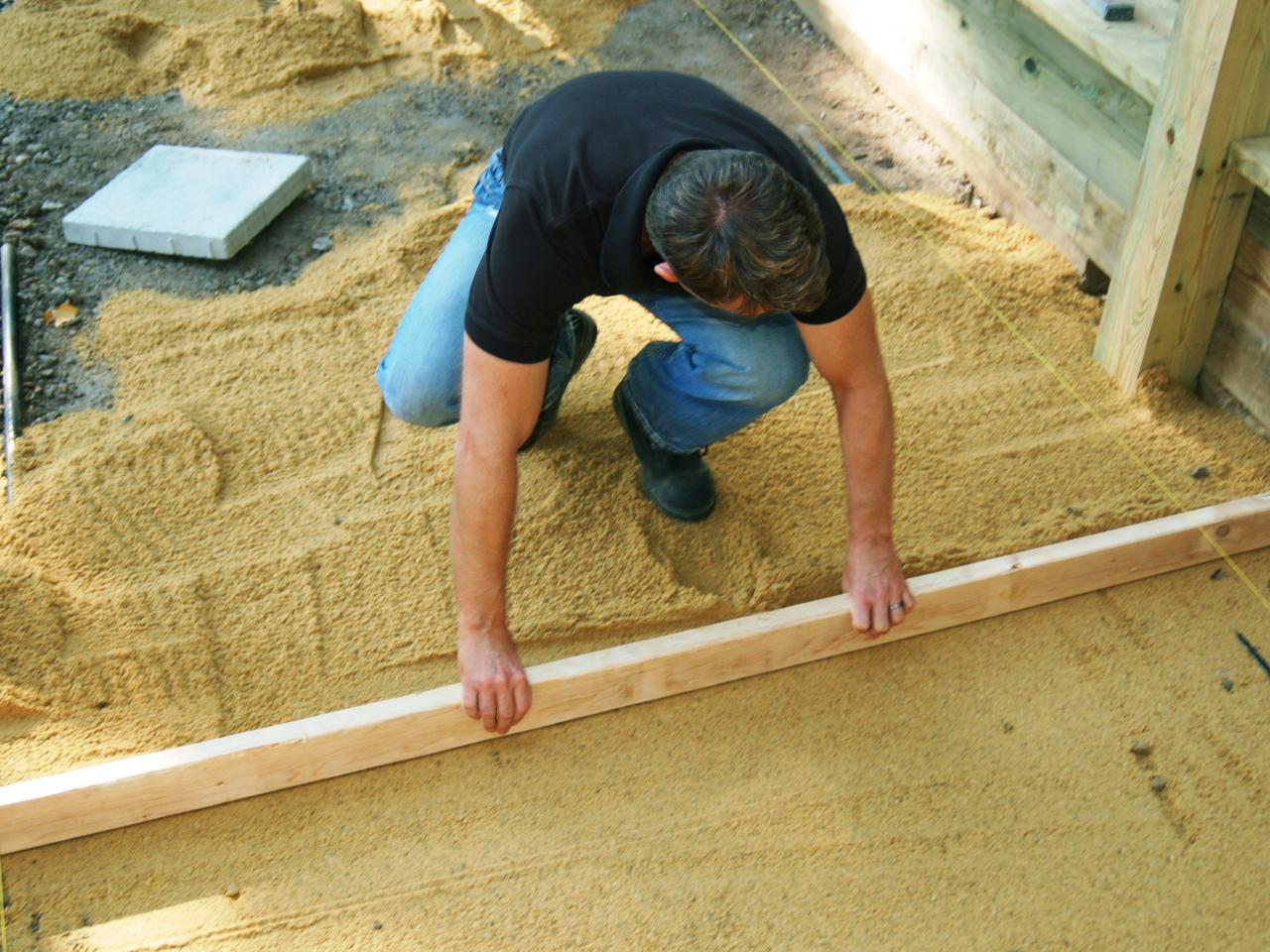
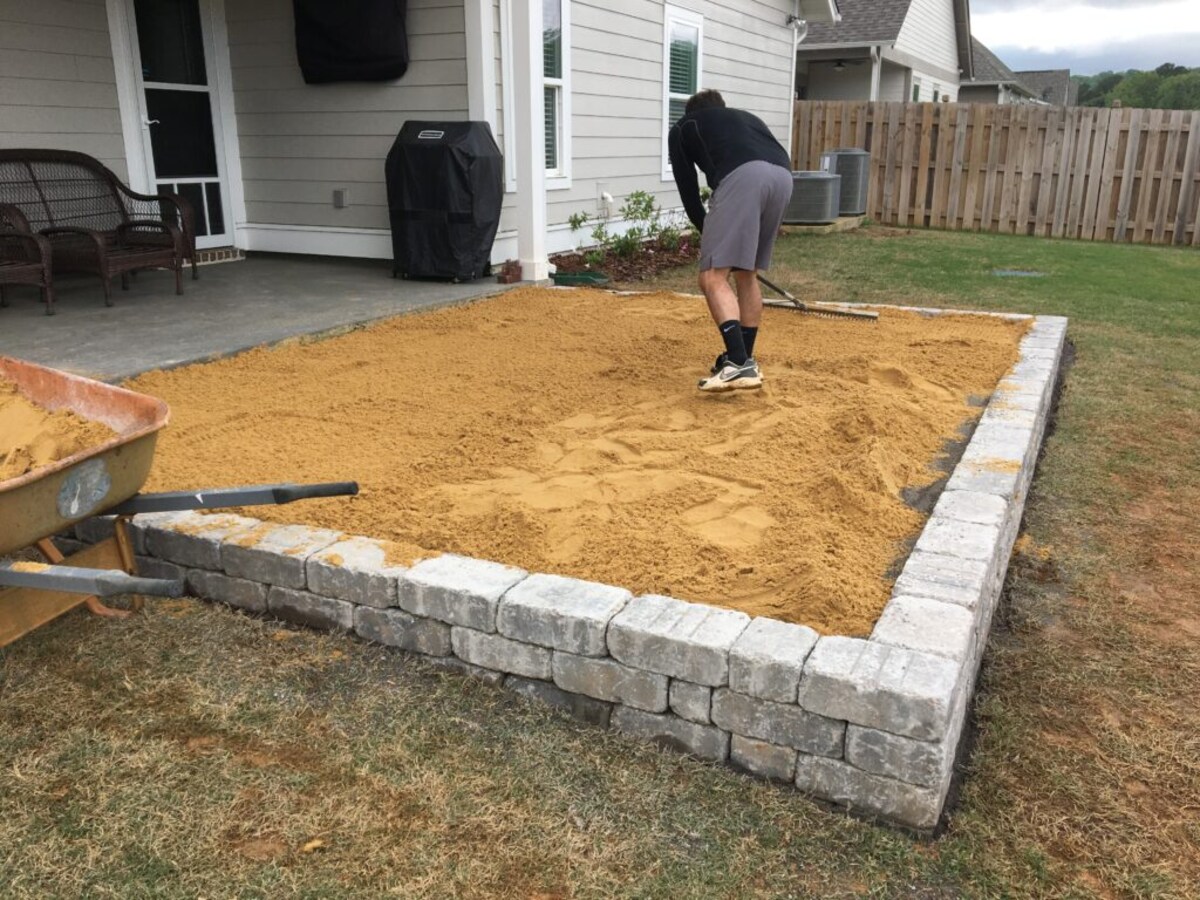
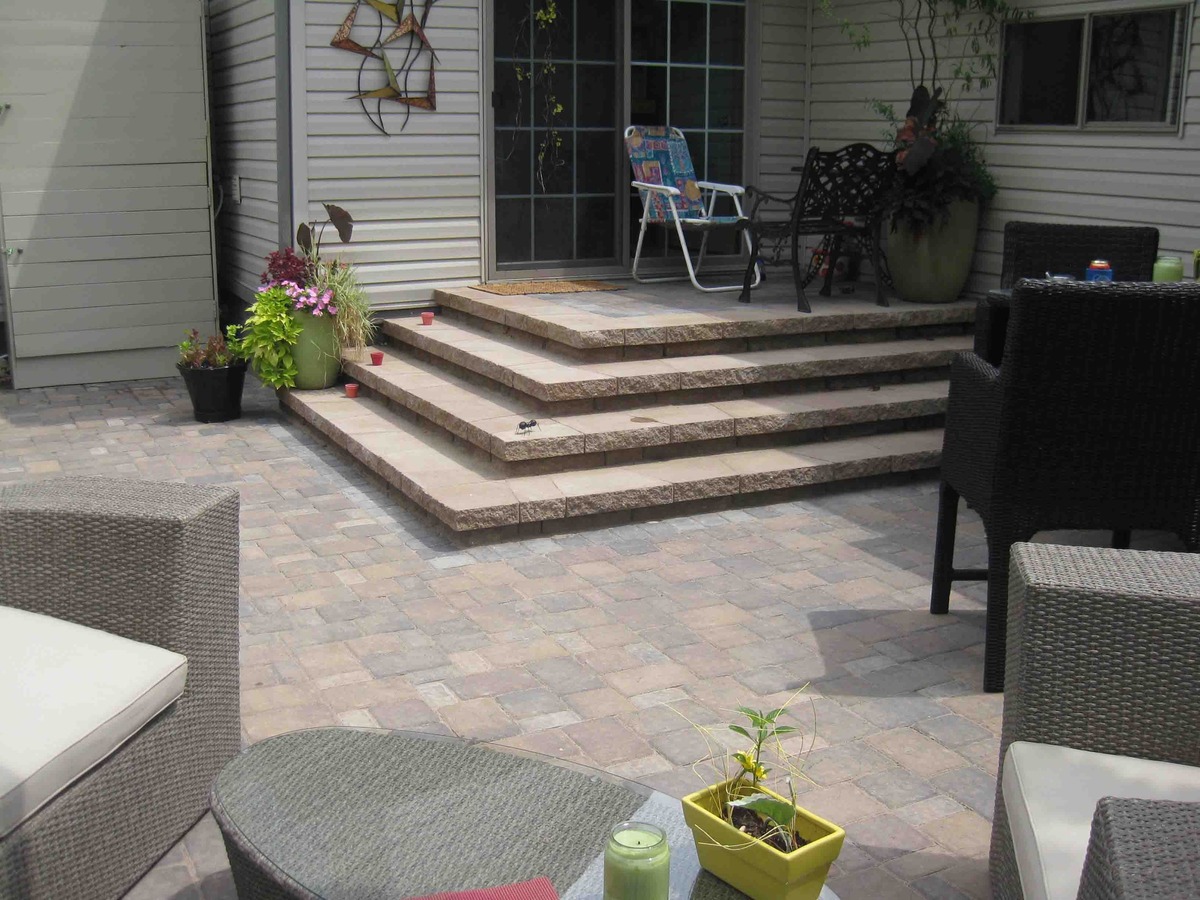
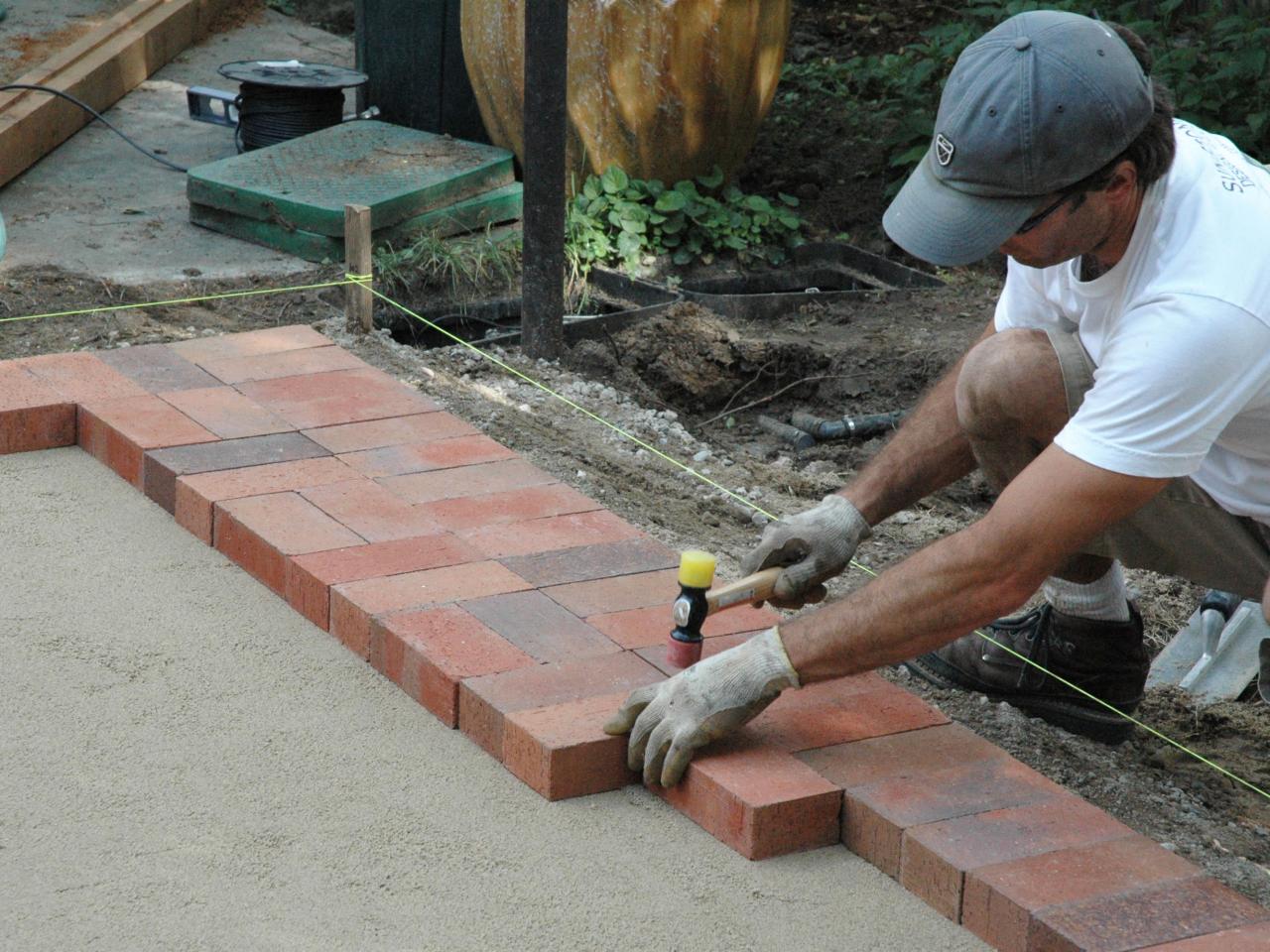
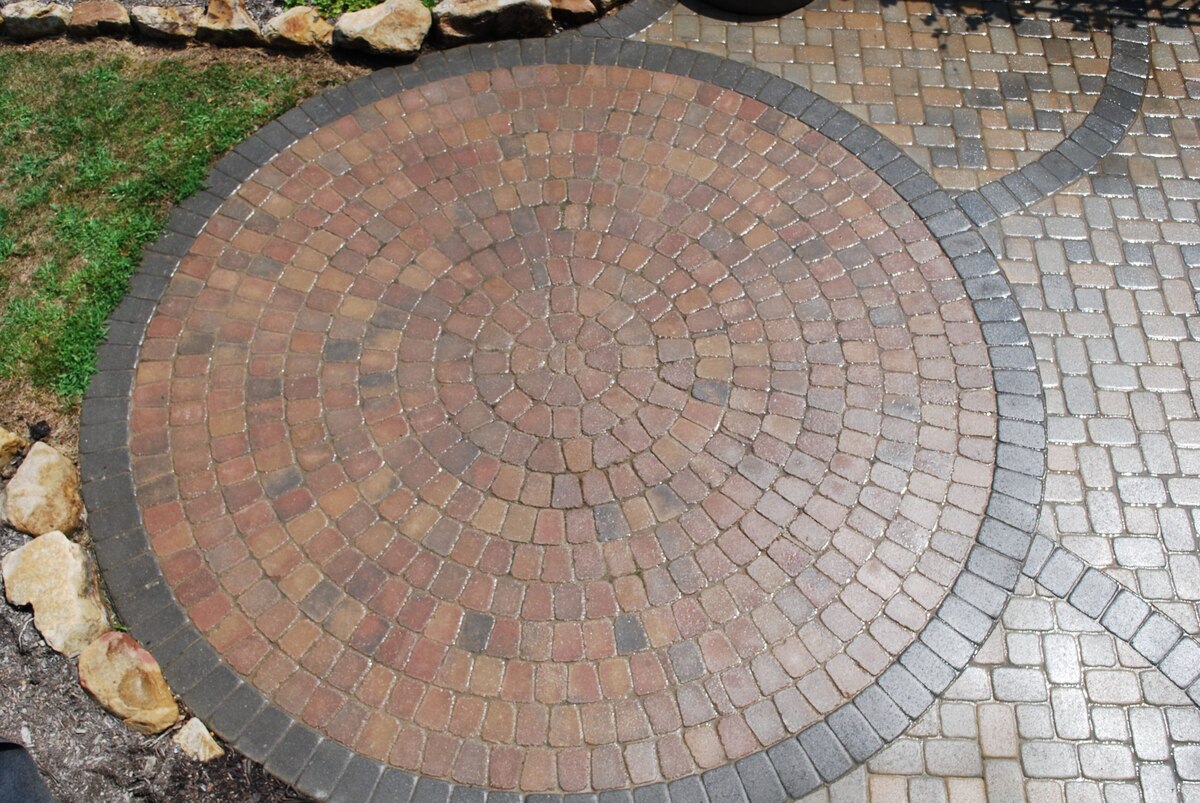
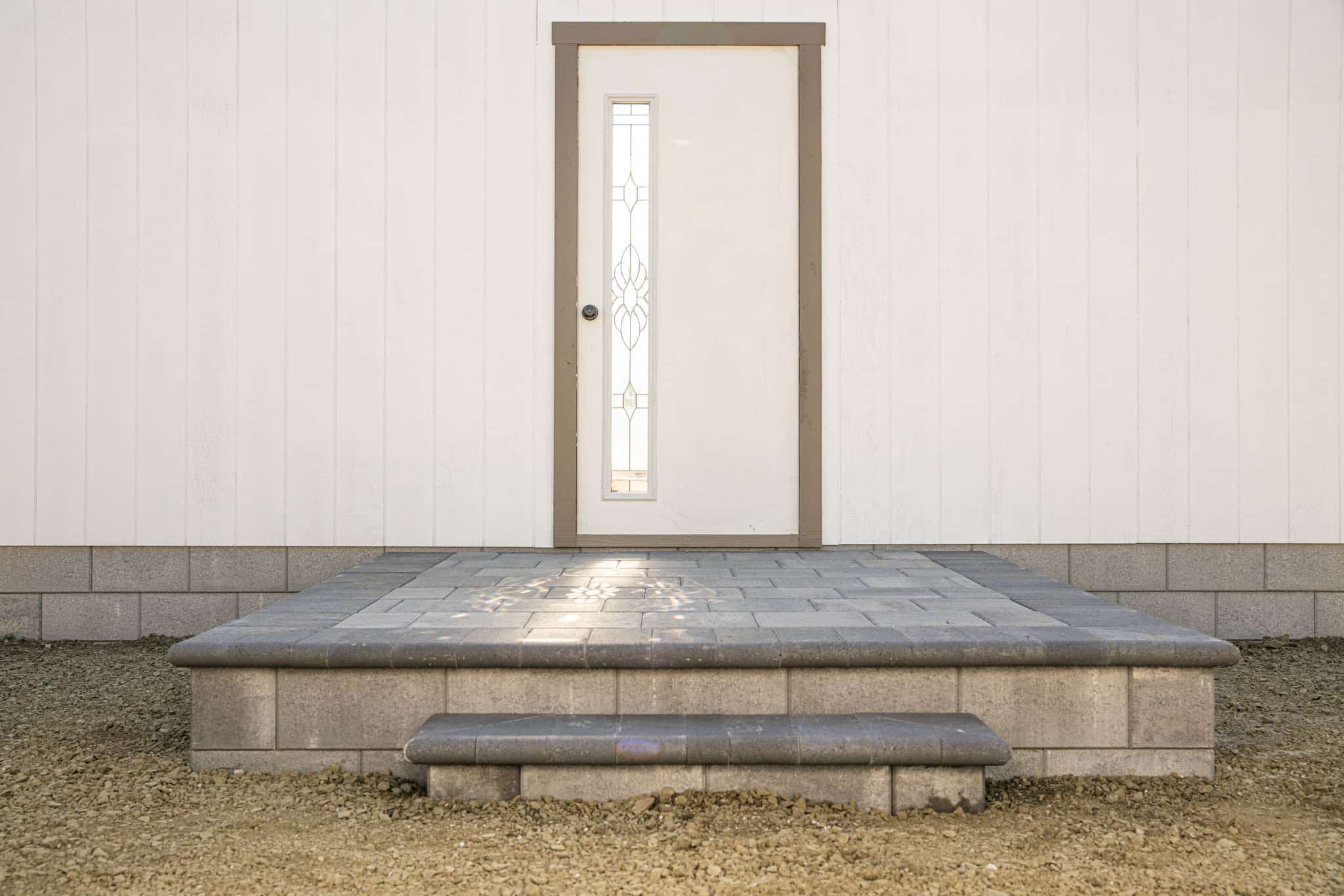
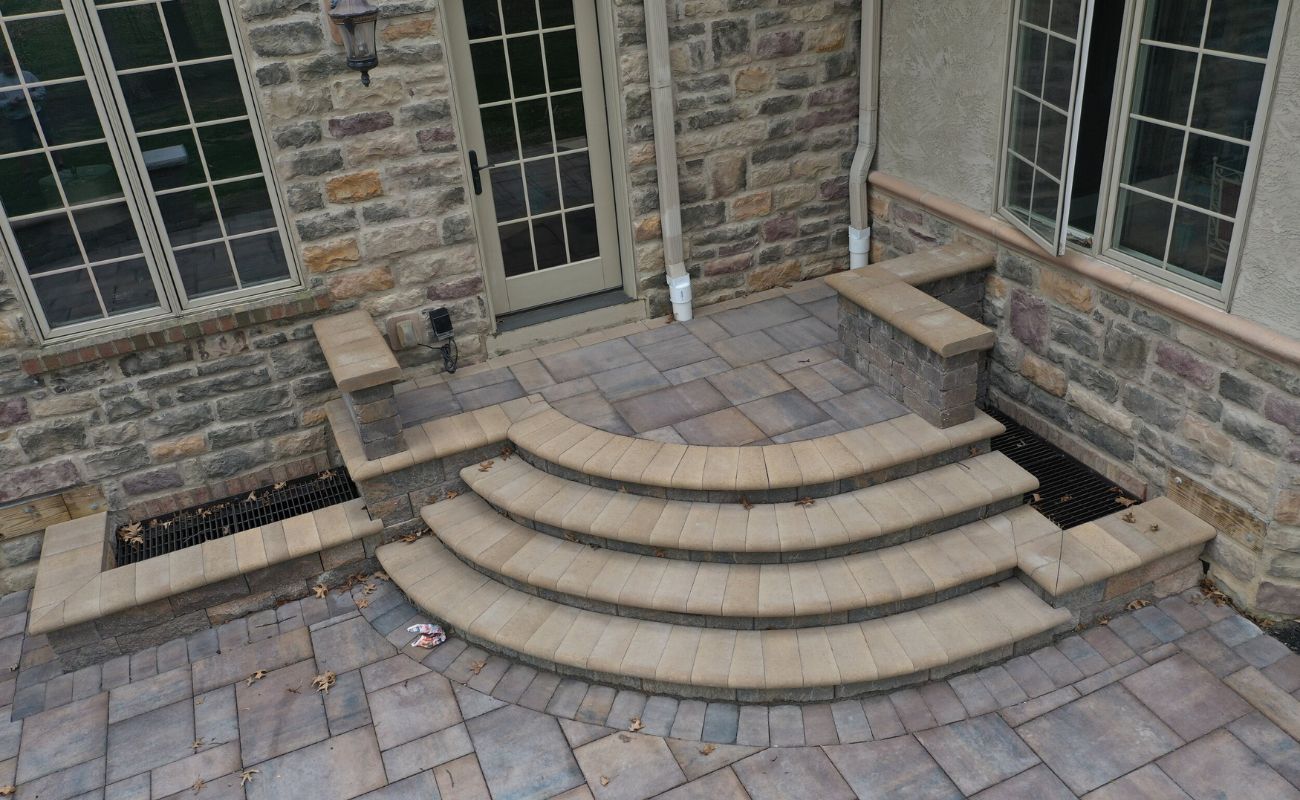
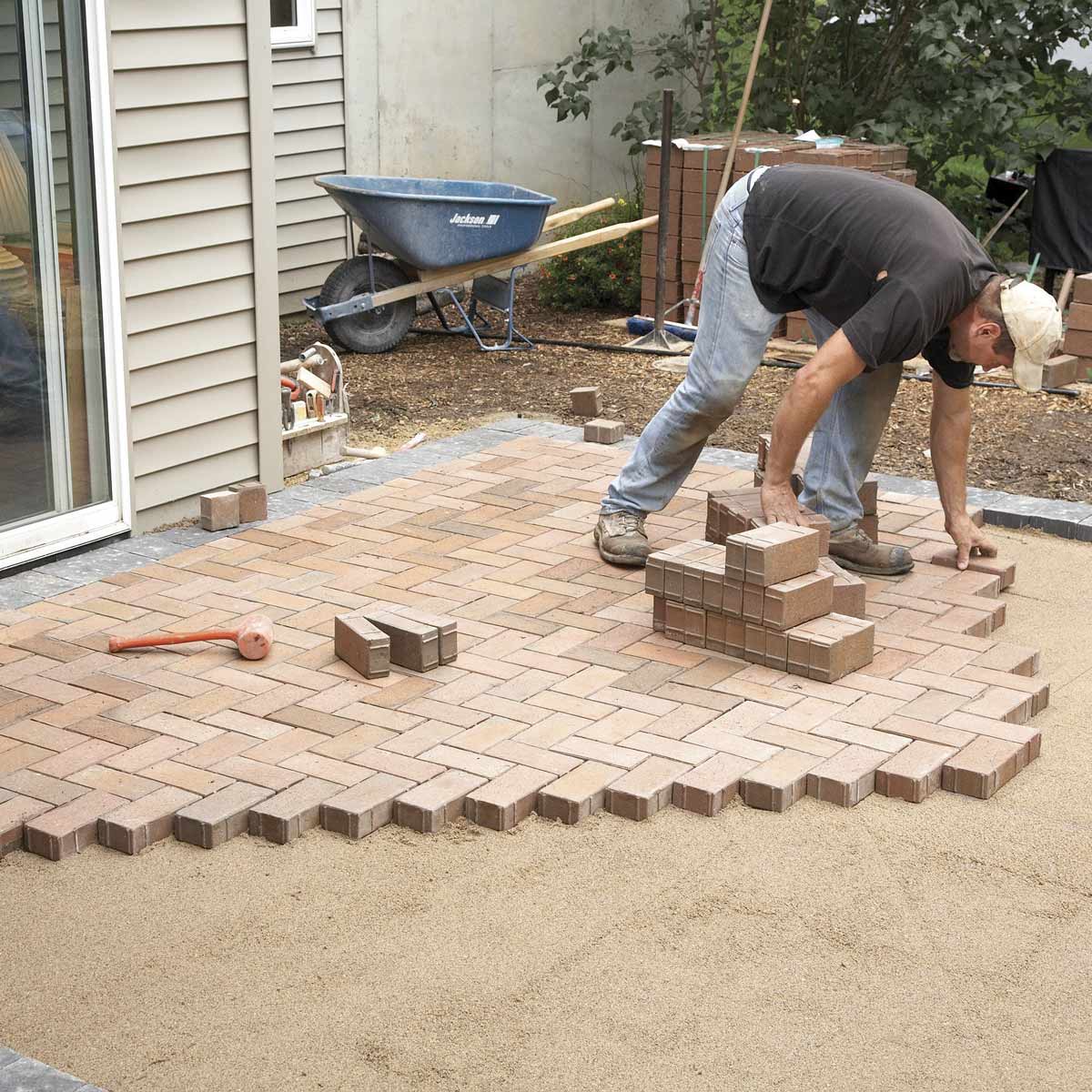
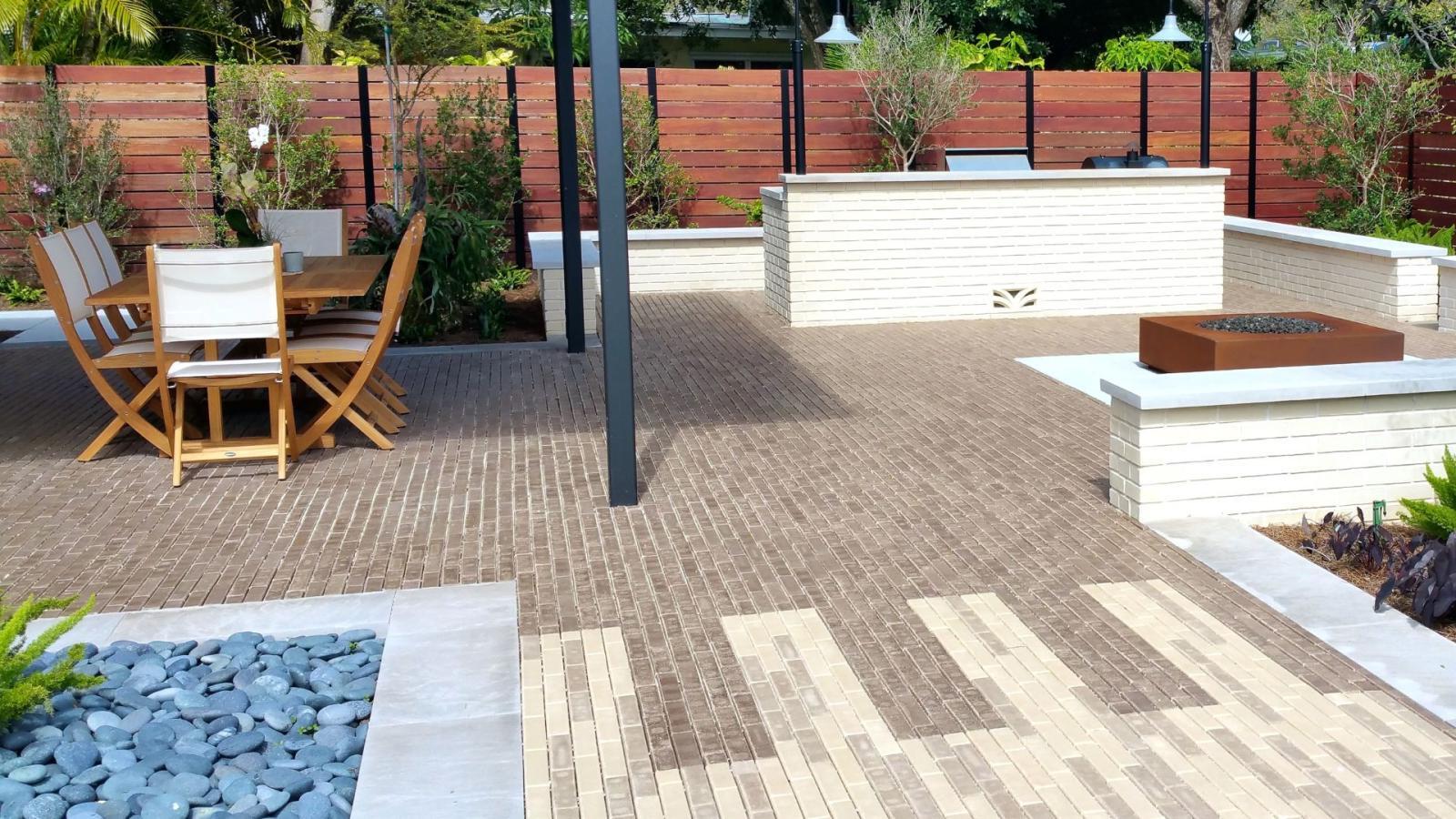
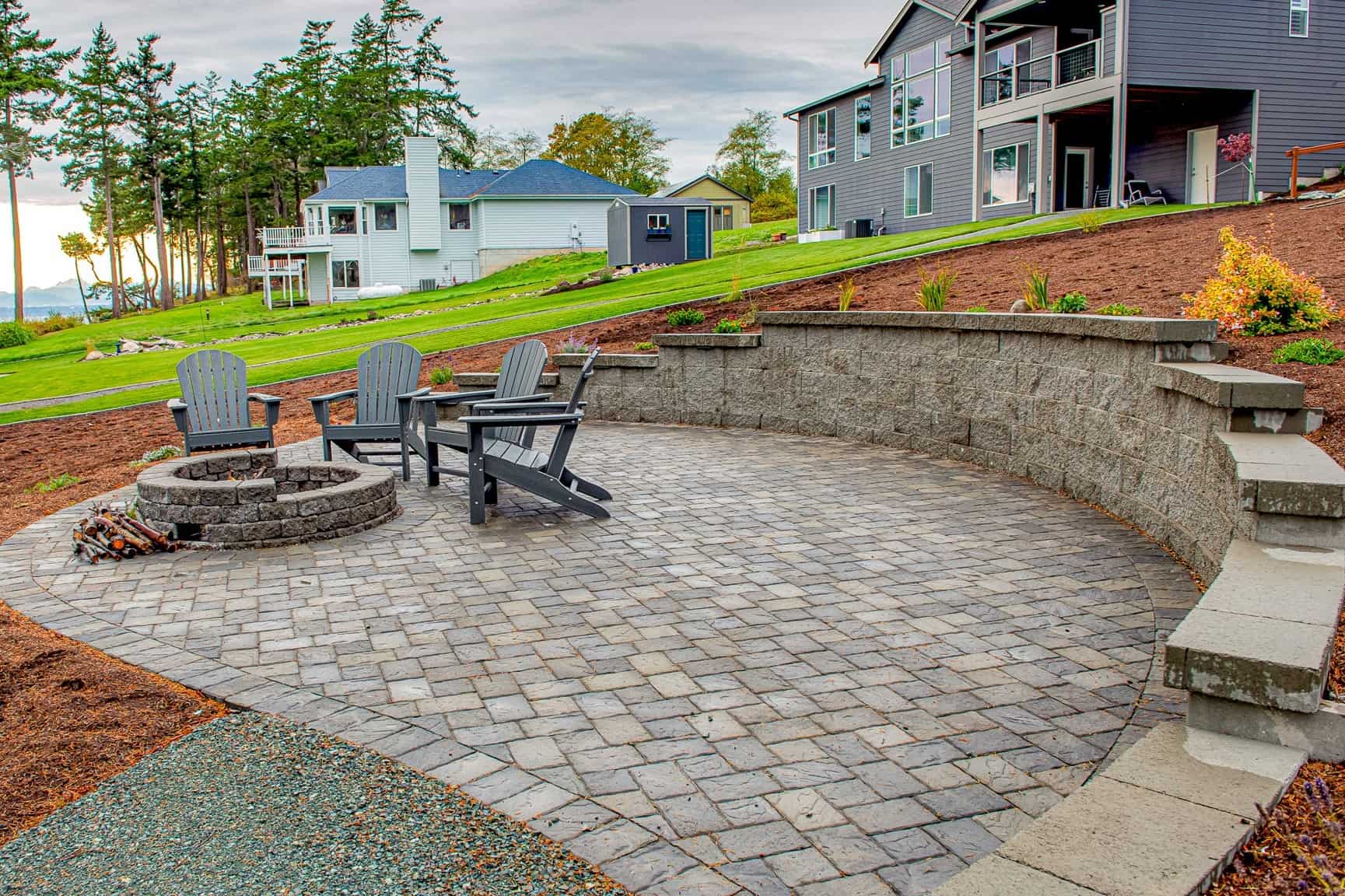
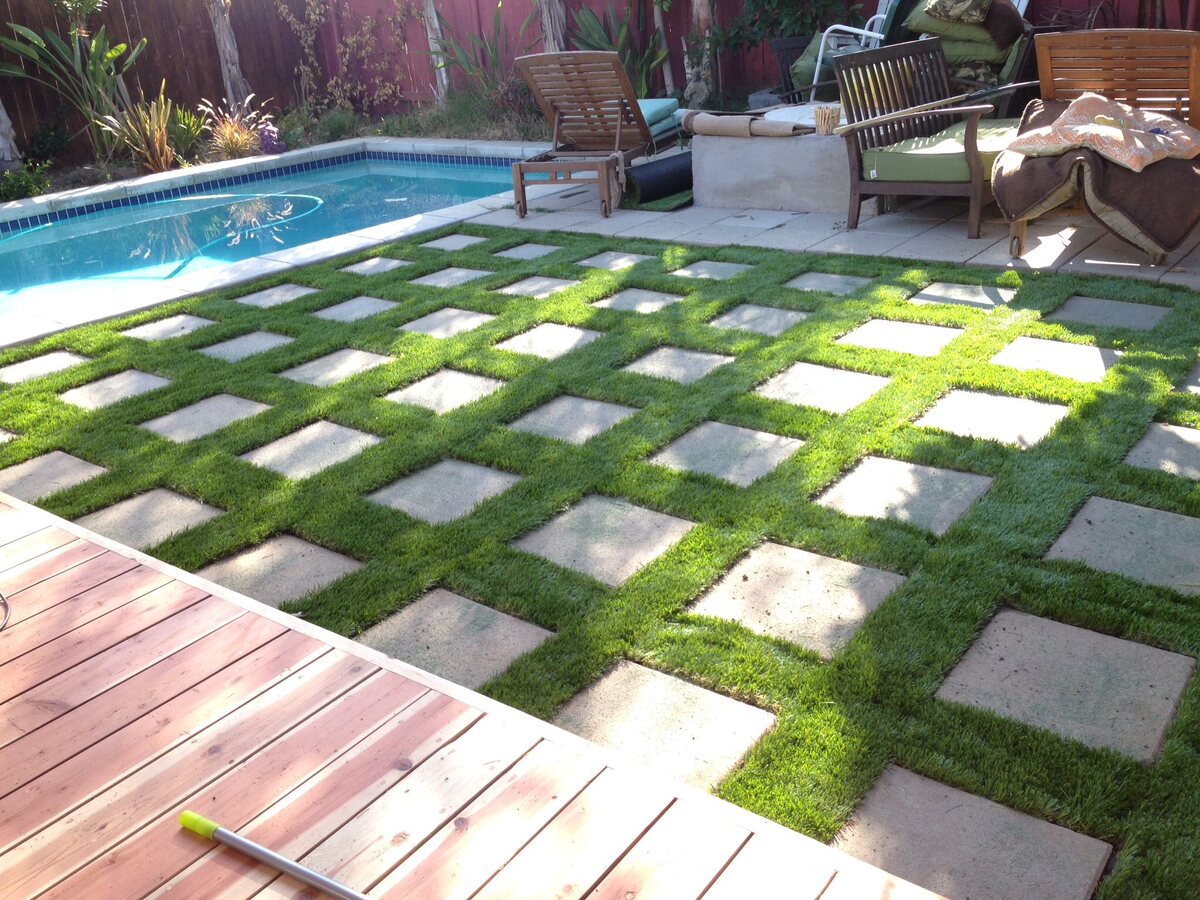
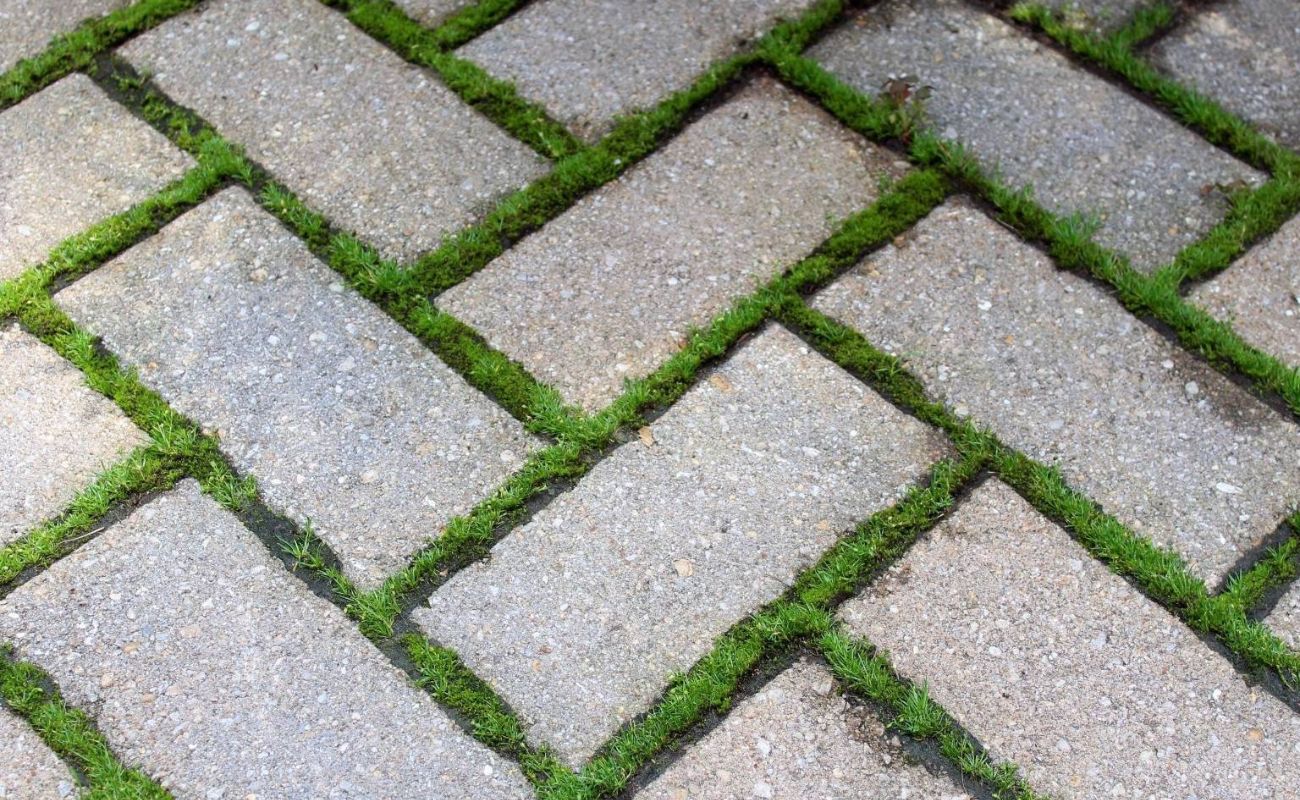
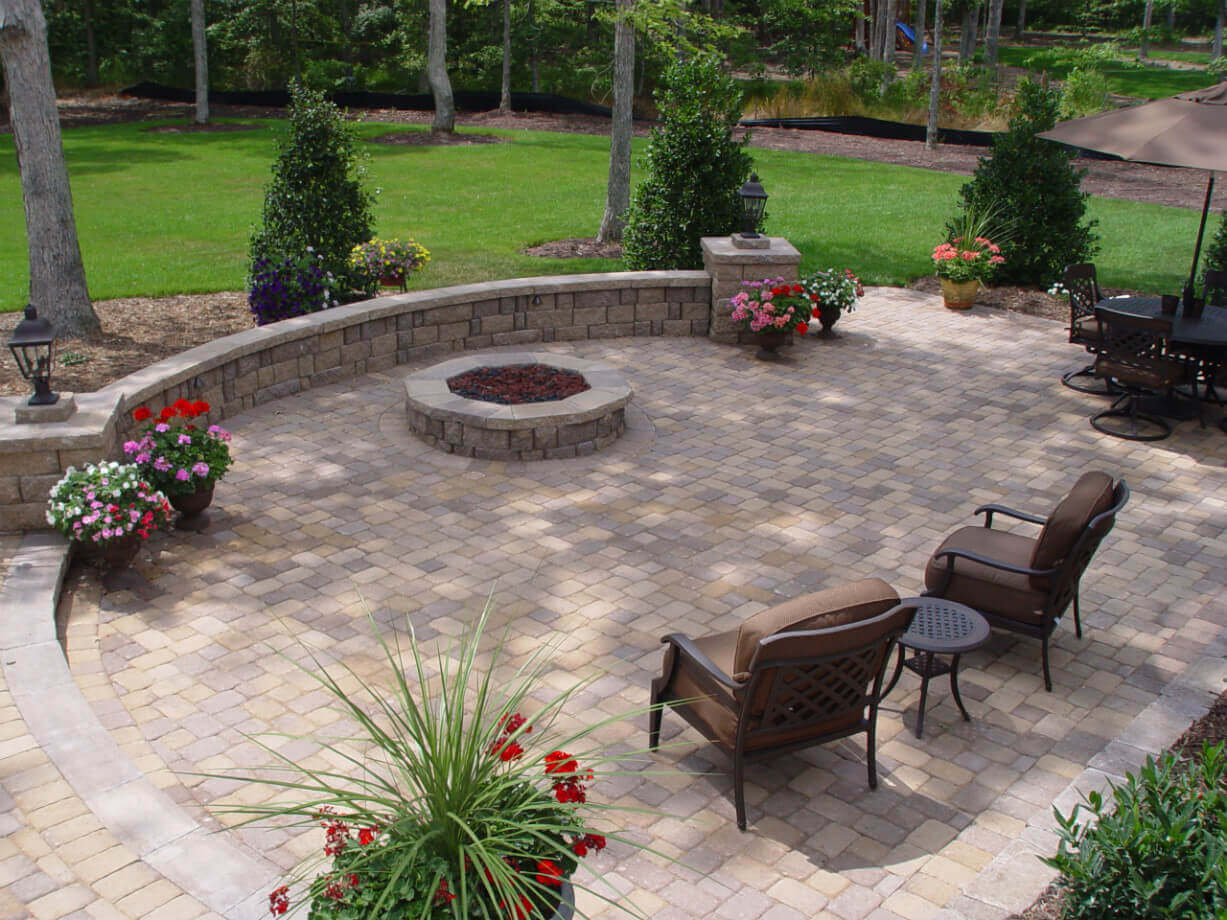
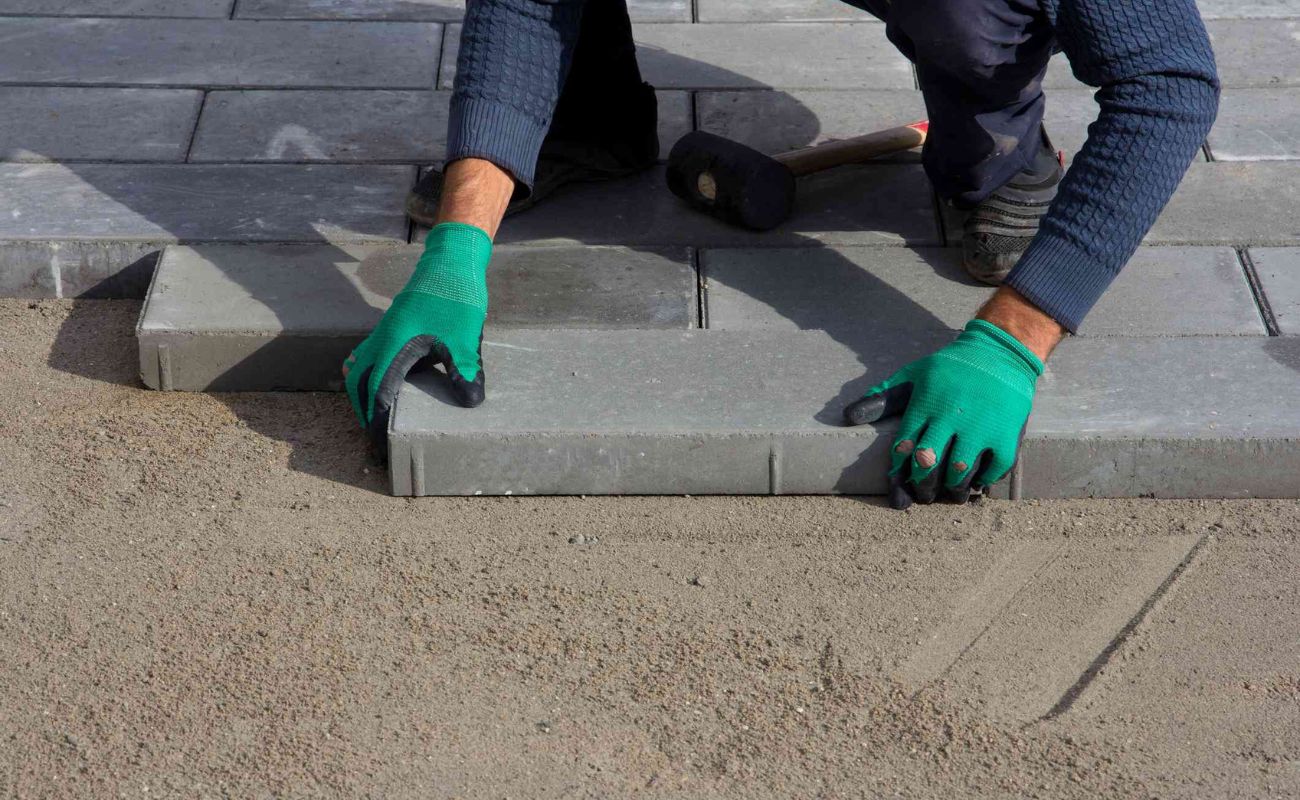

0 thoughts on “What Is A Paver Patio”